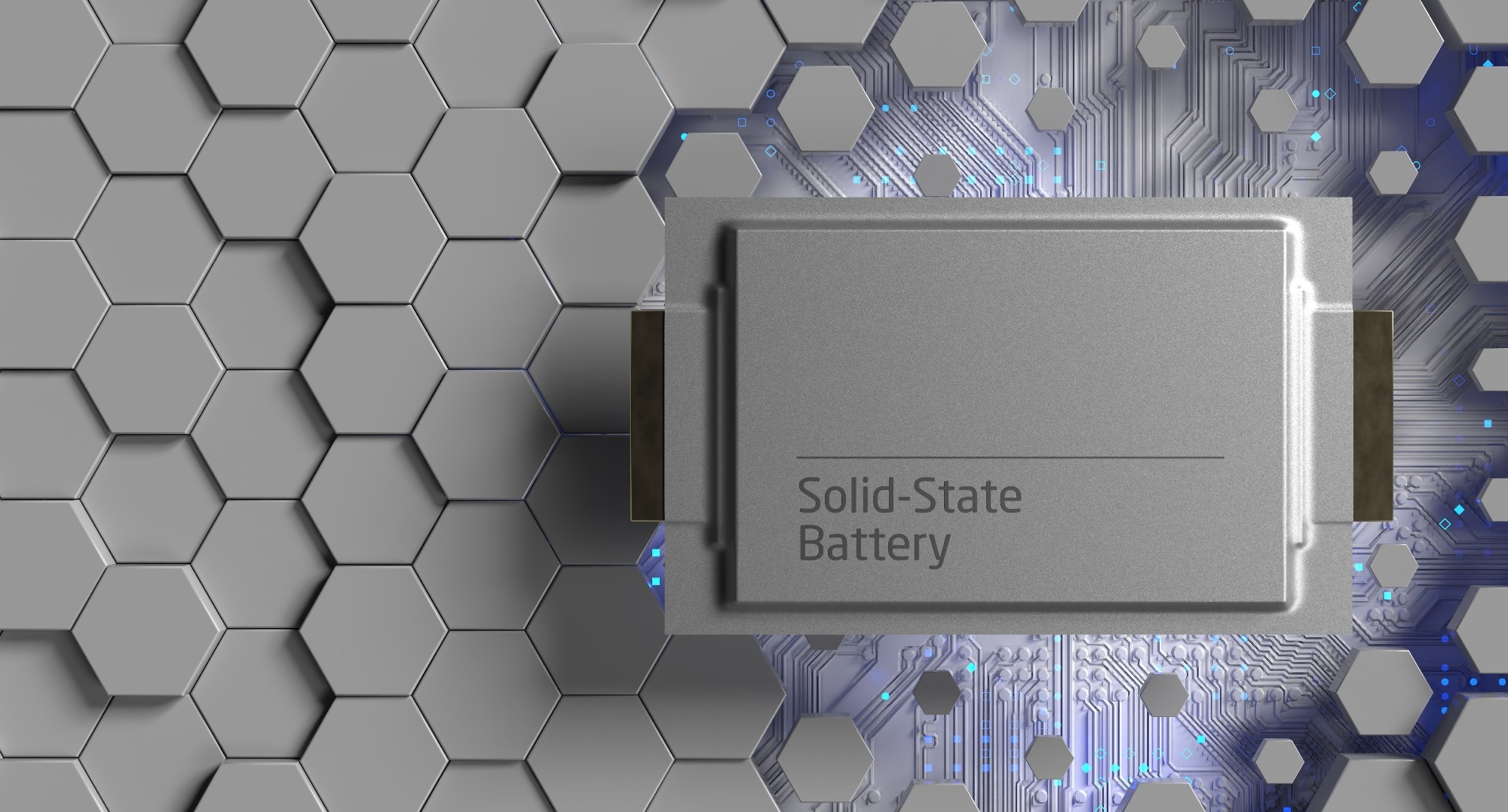From atomic-scale material discovery to predictive battery maintenance, AI is redefining how solid-state batteries are designed, optimized, and deployed, paving the way for safer, longer-lasting, high-performance energy storage.
 Research: Artificial Intelligence Empowers Solid-State Batteries for Material Screening and Performance Evaluation. Image Credit: JLStock / Shutterstock
Research: Artificial Intelligence Empowers Solid-State Batteries for Material Screening and Performance Evaluation. Image Credit: JLStock / Shutterstock
Solid-state batteries (SSBs) are widely viewed as the next leap forward in energy storage. With the potential to deliver higher energy density, improved safety, and longer lifespans than conventional lithium-ion systems, they could transform everything from smartphones to electric vehicles. Yet, their road to commercialization is far from straightforward. Complex material interactions, unstable interfaces, and sluggish ion transport remain major hurdles. Now, artificial intelligence is stepping in to speed the journey.
In a recent review published in Nano-Micro Letters, researchers from Soochow University and Nanjing University, led by Professors Sheng Wang and Linwei Yu, outline how machine learning (ML) is revolutionizing every stage of SSB development, from atomic-level design to real-world deployment.
Why AI is Reshaping Battery Research
Machine learning brings speed and precision to a field where traditional trial-and-error can take years. Powerful models can now screen thousands of potential materials entirely in simulation, predicting performance metrics such as state-of-charge (SOC) and remaining useful life (RUL) with remarkable accuracy. AI can also model what happens at the fragile boundaries between electrodes and electrolytes, interfaces where failures often begin, pinpointing subtle instabilities and guiding fixes before they happen.
From Material Discovery to Battery Management
One of AI’s most promising applications is in materials screening. For cathodes, crystal graph convolutional networks (CGCNN) have already identified more than 80 high-voltage, high-capacity candidates from the vast Materials Project database. On the anode side, genetic algorithms paired with neural network potentials have mapped the amorphous lithium–silicon phase space, revealing design principles for faster-charging silicon anodes. Even electrolytes are getting an AI boost: unsupervised learning has uncovered 16 new fast lithium-ion conductors, while Bayesian optimization has fine-tuned polymer electrolytes to achieve conductivities of 8.7×10-4 S cm-1.
AI also promises smarter battery management systems. Hybrid convolutional neural network–long short-term memory (CNN–LSTM) models can estimate SOC with less than 1% error, even under highly dynamic conditions. Attention-augmented networks have achieved capacity fade predictions with just 0.4% root mean square error (RMSE), while graph convolutional networks forecast cycle life within 3.5% RMSE, key for planning warranties and “second-life” reuse of batteries.
Cracking the Code of Ion Transport
Ion mobility is central to battery performance, and here too AI is uncovering new insights. Models have linked oxygen vacancy concentration in lithium zirconate to a tenfold increase in lithium-ion diffusion. In interface design, AI has pinpointed dopants such as scandium (Sc3+) and calcium (Ca2+) that can stabilize lithium/garnet interfaces, suppressing dendrite growth and enabling more than 500 stable cycles.
Looking Ahead
The review also looks to the future. Generative adversarial networks (GANs) could design electrolytes with unprecedented combinations of conductivity, stability, and flexibility. Reinforcement learning may optimize entire battery systems for multiple objectives, balancing energy density, cost, and recyclability. Physics-informed “explainable AI” could make machine learning predictions transparent and trustworthy, while real-time digital twins of batteries, from individual cells to full packs, could enable predictive maintenance before faults occur.
From the laboratory bench to the electric grid, artificial intelligence is not just an assistant in solid-state battery research; it is becoming the catalyst that transforms these devices from promising prototypes into market-ready technologies. With teams like Professors Wang and Yu’s leading the charge, the future of energy storage could arrive much sooner than expected.
Source:
Journal reference: